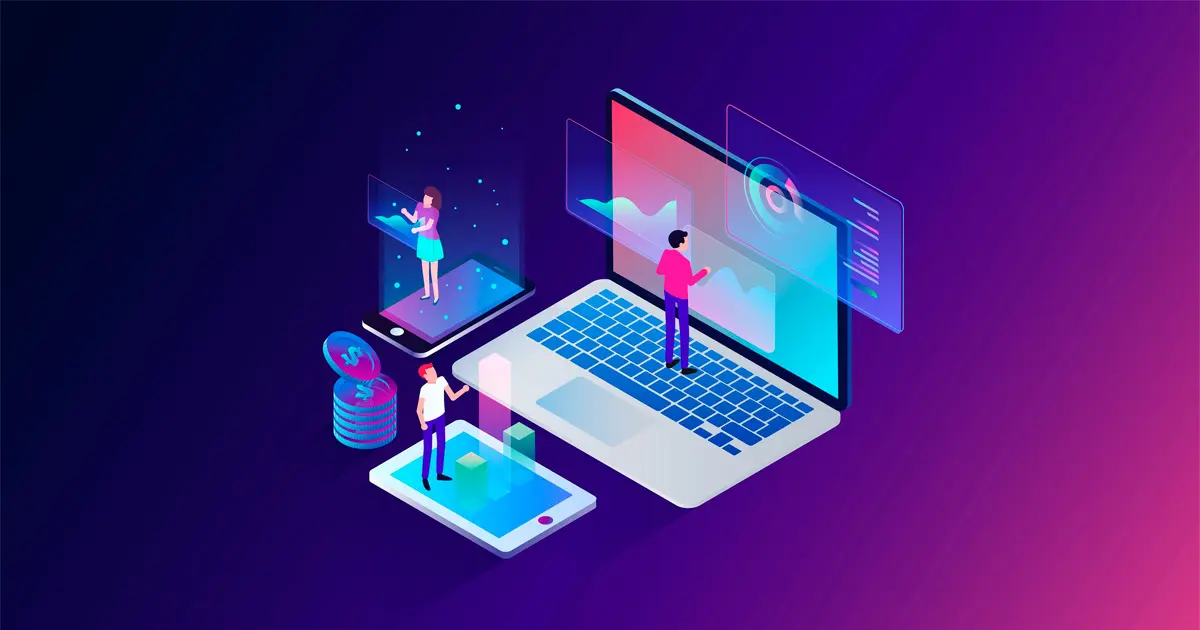Having finished our annual strategy reviews and planning sessions, I wanted to share with my ecosystem community some very interesting trends that we saw emerge in FY 2023 and which we expect to grow in FY 2024. Here is a brief that summarizes seven of them along with some accompanying thoughts.
1. Ecosystem Evolution:
Awareness that ecosystem workloads are not limited to Co-sell
The first trend will see ecosystems and co-sell no longer synonymous. Meaning, ecosystems and their needs will be seen as going way beyond co-sell as a tool. While in our segment some have tried to pitch co-sell as a good starting point, there are many other workloads other than co-sell that are now helping ecosystems scale faster and much further. Customers now understand that co-sell solutions are limited to mostly the alliance and sales team, and they realize that these same customers recognize that their toolbox needs to expand to many more people within their organization, including marketers, pre-sales consultants, engineers, architects, developers, customer success, and support personnel – none of whom may actually be involved in the direct sale or co-selling, but all of whom are needed to enable and deploy whatever solution is ultimately sold. Paramount among their needs now are co-skilling and co-enablement, to which we turn to next.
2. Partner Diversification:
Understanding that different partners engage with ecosystems differently
The second trend is the realization of many customers that different partners engage with ecosystems differently. For example, a GSI (Global Systems Integrator) ecosystem has vastly different needs and applications than a hyper-scaler, distributor or a channel partner. A GSI is interested in massive scaling and enablement before going to market, whereas a channel partner and or Disti are interested in transacting from Day 1. One customer posed the following rhetorical question, “How can anyone expect us to ask a GSI to sell anything before they have been properly enabled and at the scale they want?” This will generally mean that ecosystem tools designed for Enterprises will be increasingly difficult to deploy and yield an ROI, unless they focus on co-enablement at scale. This also means that ecosystem solutions for the enterprise are not the same as those for SMB and will imply a different set of ecosystem tools and applications.
3. Co-Skilling Revolution:
Soaring Co-skilling initiatives for the ecosystem
The third trend involves one of the workloads that we are seeing take off: Co-skilling. It involves end-to-end Human Resource (HR) planning through to certification to drive revenue readiness. Co-skilling includes everything that happens from setting the readiness goals, to reconciling with the multiple providers needed, launching skilling campaigns, consolidating, and automating the learning experience, all the way through to tracking certification and looping it back to Human Resources to compare against the goals. Co-skilling is essentially an ecosystem problem and not easy to resolve with traditional LMS type solutions, as there are simply too many moving parts inside and outside of the organization. It requires a comprehensive ecosystem enablement toolset (check out TIDWIT’s Ecosystem Badging and Certification App for more information on https://www.tidwit.com/solutions/ecosystem-apps) that includes orchestration, integration, AI, and reporting, to which we turn to next.
4. Integration and AI:
Integrating and orchestrating ecosystems and applying AI
The fourth trend we see is an increase in integration requests and the desire to apply AI to ecosystems. Customers are telling us that one of their top ecosystem priorities is to integrate their partner facing ecosystem with internal tools. Seeing the sharp increase in integration requests, TIDWIT engineering has built libraries that cover multiple areas including HR tools like Workday, LMS tools like Cornerstone, SumTotal, and SuccessFactors, Reporting tools like PowerBI, Active Directory tools for SSO based on SAML and oAuth … (Visit TIDWIT’s Integration page on https://www.tidwit.com/solutions/api-integration for more information). These integrations are key for an organization to be able to connect multiple internal tools, automate their processes, and deliver them to partner destinations. This drives an ecosystem platform towards becoming an orchestrator that allows the creation, management, and delivery of ecosystem functionalities as opposed to a destination. In parallel, customers are also asking us for increased Artificial Intelligence (AI) within their ecosystem, including summarizing materials, regeneration of content to cut back on time, search and discoverability, as well as the ability to share AI safely and securely with other organizations through strict content governance and control processes.
5. Ecosystems-as-a-Service:
Servicing ecosystems through specialized partners
The fifth trend that we are seeing is that of delivering ecosystems as a service. The main two concerns of some of our largest customers are: Firstly, the lack of deployment experience as this is a new area to many partner teams. And secondly, the lack of resources to support these early deployments. Servicing such emerging ecosystems requires many touch points, including architecting the solution, deploying it, customizing it, development, training, content support, user support, campaign support, …etc. Per Jay McBain at Canalys, all these services generate an average service factor of up to $6 for every $1 of license sold. For this reason, we expect the emergence of more and more ecosystem experts supporting end-customer deployments. These partners might include consultants, systems integrators, content creators, learning or marketing agencies, or experts in partnering. We are expecting ecosystem service experts to emerge and have started to build a partner ecosystem of our own for it (check out some of TIDWIT’s growing list of global partners on (https://www.tidwit.com/partners)
6. Partner Experience Matters:
Partner Experience becomes the ecosystem
Over the past few years, the experience provided to partners has taken center stage as one of the priorities of partner initiatives. We see this as the 6th trend affecting ecosystems. But what is the optimal partner experience, given so many providers have competing and incompatible experiences? What most of our customers are telling us is that the optimal partner experience that they can offer to their partners is one which allows each partner to plug in the way they prefer and where their users already are. This high level of customization and integration provides partners, particularly the larger ones, with choice, which the one-size fits all world of partner portals simply cannot. Essentially, this means that the ecosystem itself becomes the key enabler for the optimal partner experience as it provides flexible connectivity, dynamic automation, and seamless reporting.
7. Cross-Industry Adoption:
New verticals deploying ecosystems
A final trend to list is one in which we are beginning to see a breakthrough of non-IT industries laying the groundwork for deploying ecosystem tools and platforms. The salient verticals we are seeing include government, education, healthcare, finance, and industry (check out some of the verticals TIDWIT is serving on https://www.tidwit.com/who-we-serve). We expect this trend to start growing at a faster pace in 2024 and into 2025.
In conclusion, these are seven key ecosystem trends we are expecting to continue influencing and driving the decision of ecosystem leaders, their planning, as well as their projects, and deployments. And they will also have great influence on much of the innovation to expect from TIDWIT in FY 2024.






